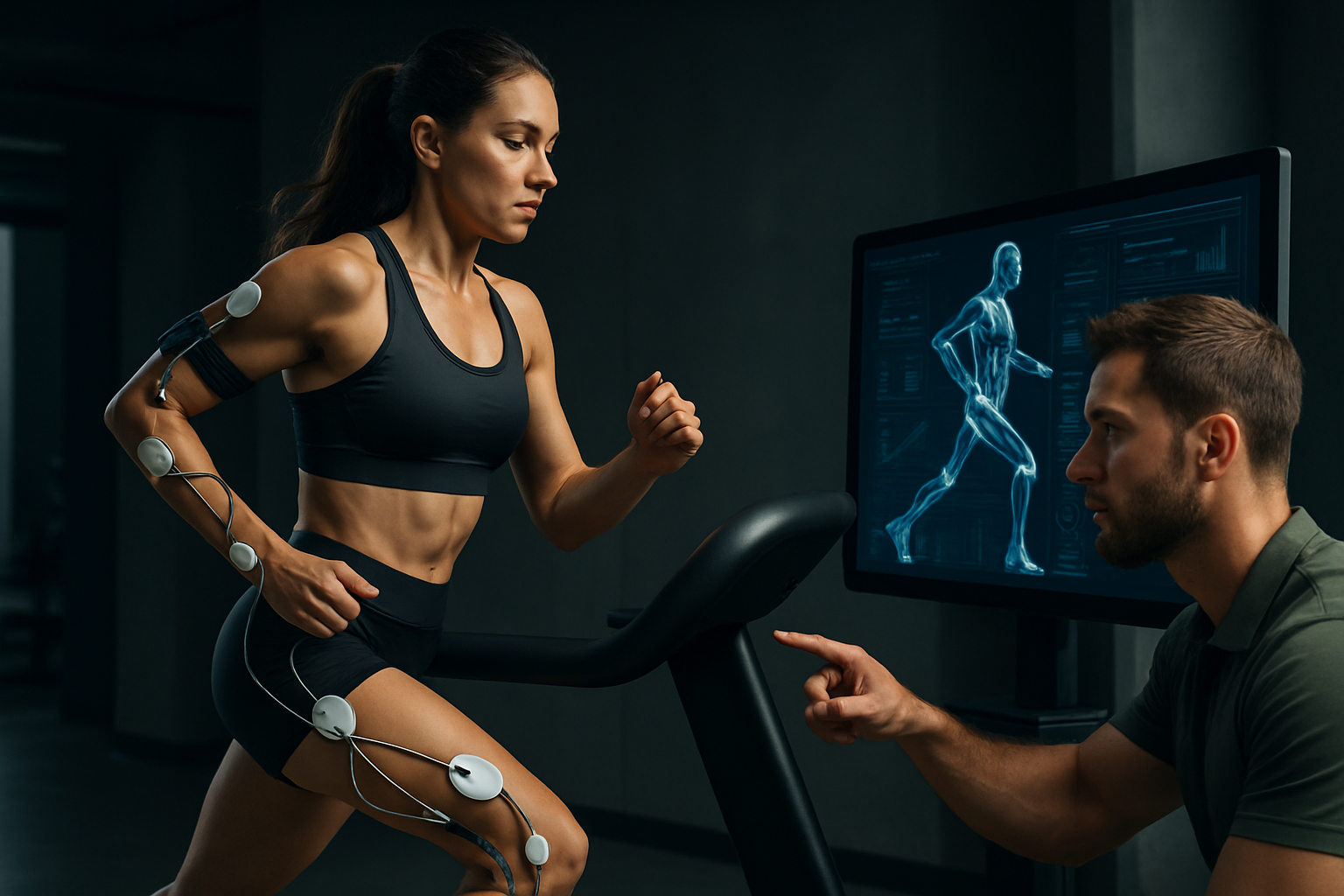The Evolution of Fitness Equipment: From Smartwatches to High-Tech Gear
In recent years, the fitness industry has witnessed a remarkable transformation, largely driven by technological advancements. From smartwatches to sophisticated fitness trackers, modern athletes and sports enthusiasts now have access to a wide array of high-tech equipment designed to enhance performance, monitor health metrics, and provide valuable insights into their training regimens. This evolution has not only revolutionized how individuals approach their fitness goals but has also reshaped the landscape of competitive sports.

What advantages do dedicated fitness trackers offer?
While smartwatches offer a broad range of features, dedicated fitness trackers often provide more specialized and in-depth analysis of physical activities. These devices are typically designed with a focus on health and fitness metrics, offering longer battery life and more accurate sensors for specific types of exercises. Many fitness trackers can automatically recognize different activities, from swimming to weightlifting, providing detailed breakdowns of workouts. Advanced models may include features like blood oxygen monitoring, stress level assessment, and even electrocardiogram (ECG) capabilities, giving athletes a comprehensive view of their overall health and fitness levels.
How is technology transforming sports equipment?
Technology has permeated virtually every aspect of sports equipment, from smart fabrics in athletic wear to sensor-embedded gear. In team sports, connected balls and equipment can provide real-time data on performance metrics such as ball speed, spin rate, and trajectory. For individual athletes, smart running shoes can analyze gait and suggest improvements to reduce injury risk. In cycling, power meters integrated into bike pedals or cranksets offer precise measurements of an athlete’s power output, enabling more effective training and race strategies. These technological advancements are not only enhancing performance but also revolutionizing how coaches and athletes approach training and competition.
What role do wearable technologies play in athlete performance?
Wearable technologies have become integral to modern athletic training and performance optimization. Beyond basic fitness tracking, advanced wearables can monitor an athlete’s biomechanics, providing insights into form and technique. For example, motion sensors attached to various body parts can analyze a golfer’s swing or a swimmer’s stroke, offering detailed feedback for improvement. Some wearables use electromyography (EMG) to measure muscle activity, helping athletes and their coaches identify areas of fatigue or potential injury risk. These technologies enable a more scientific approach to training, allowing for personalized adjustments and more efficient skill development.
How are data analytics changing the fitness and sports landscape?
The proliferation of fitness technology has led to an explosion of data, and analytics platforms are emerging to help make sense of this information. Athletes and coaches can now access sophisticated software that aggregates data from various sources – smartwatches, fitness trackers, and other connected devices – to provide comprehensive insights into performance trends, recovery patterns, and overall fitness levels. Machine learning algorithms can analyze this data to predict injury risks, suggest optimal training loads, and even recommend personalized nutrition plans. In team sports, data analytics are being used to inform strategy decisions, player selections, and even in-game tactical adjustments.
What are the latest innovations in fitness equipment technology?
The fitness equipment market continues to evolve with cutting-edge innovations that blend physical exercise with digital experiences. Virtual reality (VR) and augmented reality (AR) technologies are being integrated into workout equipment, creating immersive exercise environments that can simulate outdoor terrains or competitive scenarios. AI-powered personal training systems use computer vision to analyze form and provide real-time feedback during workouts. Smart resistance machines can automatically adjust weight and resistance based on an individual’s performance and goals. These innovations are making home workouts more engaging and effective, blurring the lines between traditional gym experiences and technology-enhanced fitness routines.
The integration of technology into fitness equipment has transformed the way athletes train, compete, and monitor their health. From smartwatches and fitness trackers to high-tech sports gear and data analytics platforms, these advancements are providing unprecedented insights into human performance. As technology continues to evolve, we can expect even more sophisticated tools to emerge, further revolutionizing the world of fitness and sports. The challenge for athletes, coaches, and fitness enthusiasts will be to effectively harness these technologies to achieve their goals while maintaining a balance with traditional training methods and the fundamental aspects of physical activity.
This article is for informational purposes only and should not be considered medical advice. Please consult a qualified healthcare professional for personalized guidance and treatment.






